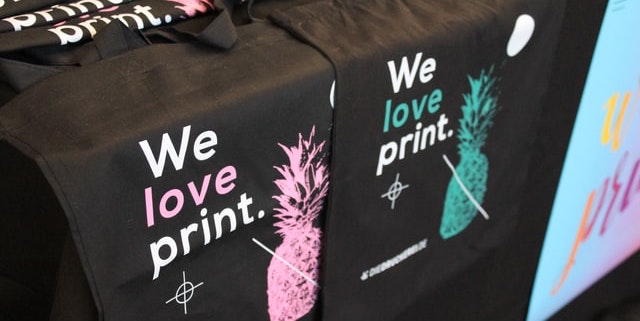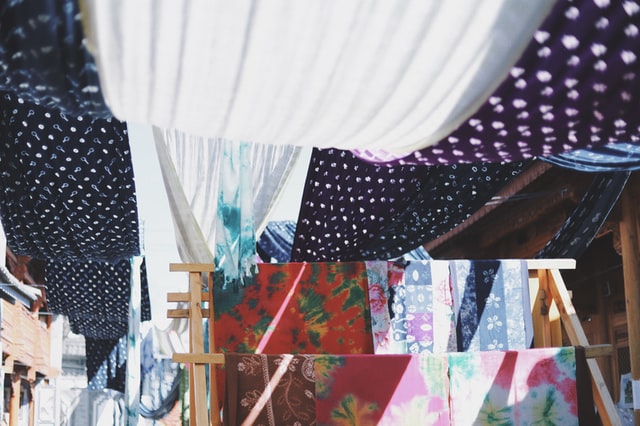Kamal Kulshreshth – Textile Digital Printing specialist
Increasingly the world is coming alive to the cost to the environment that businesses pose.
The textile industry is one of the worst culprits and fast fashion makes it even worse but on the other hand there are ways to reduce this high impact on water usage, polluting chemicals and energy consumption.
Digital Printing has already shown how it is possible to print better and faster at a fraction of the environment impact that conventional printing has, but more can be done.
Pretreatment of fabric is a must to make it receptive to direct to fabric digital inkjet printing. Everyone does this by using a padding mangle and then passing the fabric through steam or gas or electrically heated drying chambers in line but this is not a compulsion if you can consider a higher capital outlay for the alternative – spraying instead of impregnating. Fabric can be spraying with the pre-treatment chemical mix instead of dipping or coating it. Savings in running costs are worth considering.
The economy of space: Whereas the conventional stenter can be 20m long even if just 1 or 2 drying chambers are opted for, the compact spray system solution for the same task needs just 12 m2 and yet deliver 100 m/hour. This is enough to feed a medium-sized printing machine and that is all that a starter in digital inkjet printing is looking for – Quickstart with the reliable process.
Less chemicals: Not only the spray system being offered by some manufacturers occupy less space, it also helps to limit use of the chemical mixture to just what is needed on the surface of the fabric. For digital inkjet printing, the pre-treatment effect is required on the surface and no deeper. So in effect, heavier the fabrics, more is the benefit to user. In the conventional padding mangle the pick-up of the chemical mix can sometimes even be more than the fabric weight itself.
Lower energy cost: In the modern spray solution, the fabric has to be sprayed and not coated or dipped in pre-treatment chemical mix. This means less moisture to dry off. This means lower heat energy required. That less lighting is needed for a smaller piece of equipment is a small bonus to top it.
Less washing: With the printed fabric being only subjected to a spray of pre-treatment chemicals and a spray of inks that would together be less than 100 mg/m2, water needed to wash after reactive or acid dye ink printing is also minimised. Less water is not just about water itself but also the lesser pumping and flushing required to move the water.
Loop ager is a must when we want to fix the reactive dye ink to the fabric but here too an alternative system has long been available and being used by direct to fabric digital printers. The star ager or almirah shaped chamber that can accommodate spools of fabric to be steamed.
The space occupied is next to nothing when compared to the loop ager but here one has to be careful. Replicating results can get tricky because this is a batch system of dye fixation; not a continuous process like a loop ager where constant dwell at pre-set temperature is easier to maintain. However, the savings in space and cost are tremendous and so worth a thought before you buy the loop ager.





















